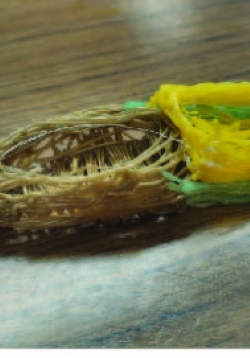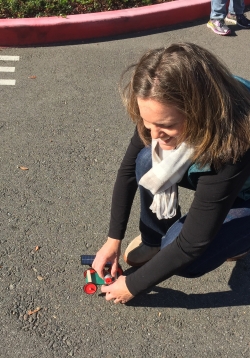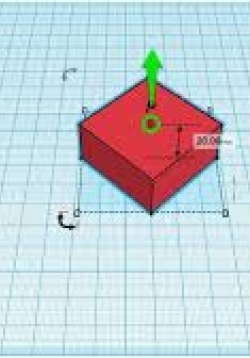Adrift in a Sea of Plastic Unit Plan
In this unit students will investigate the phenomena of plastic trash islands floating in the Pacific and Atlantic Oceans. The students will work to solve the problem of plastic trash islands through the engineering and design process. Using 3D printers,...








